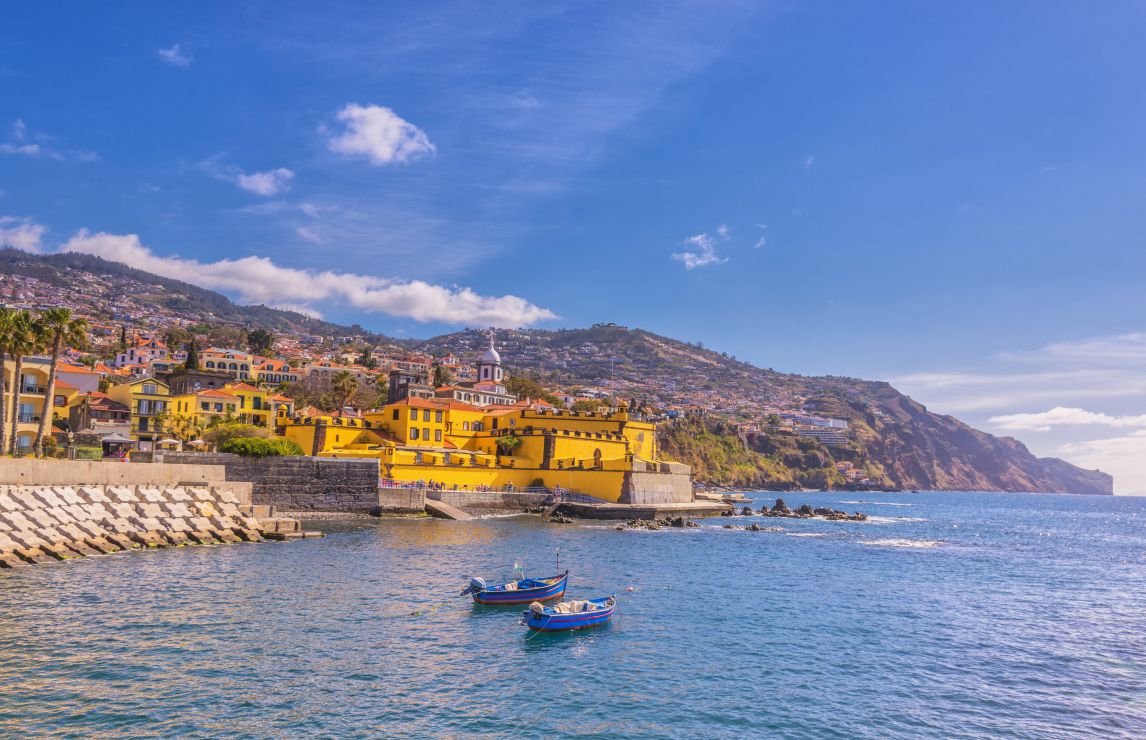Misunderstood Madeira
Madeira is one of the world’s most underrated and misunderstood wines. Made on the Portuguese island of the same name, Madeira starts its life as a wine, but changes classification once fermented grape spirit is added to the must. The (now fortified) wine is then left to heat up, either using the ‘Estufagem’ method which consists of heating the wine to 50 degrees, or for the finer style, the 'Canteiro' method: whereby the casks are aged gently on the top floors of wine cellars for a period of two years.
While the idea of heating wines would be seen as a sacrilege in other part of the world, this is essential for Madeira and forms part of its unique heritage. In the 18th Century, fortified wines were shipped to the American colonies, and during the long sea-crossing the casks of Madeira would go through extreme weather as the ships passed through the tropics. Shippers discovered that the fortified wine tasted better when the casks arrived at their destination, and then even better still when any unsold casks returned to their original destination. The motion of the waves and the repeat heating and cooling of maritime temperature variations accelerated the ageing process and gave very deep flavours. This also showed another key property of Madeira: its near indestructibility.
The taste profile does differ depending on the grapes used, and the name of the grape dictates the style of the Madeira: sweet if made out of Malmsey or Bual grapes, off-dry when made with Verdelho. Or, very dry if it's made from Sercial grapes.
Sercial produces the lightest, driest, most intense and late maturing Madeiras. Cossart Gordon 1985 Sercial from Blandy is a perfect example and our wine of the week.


